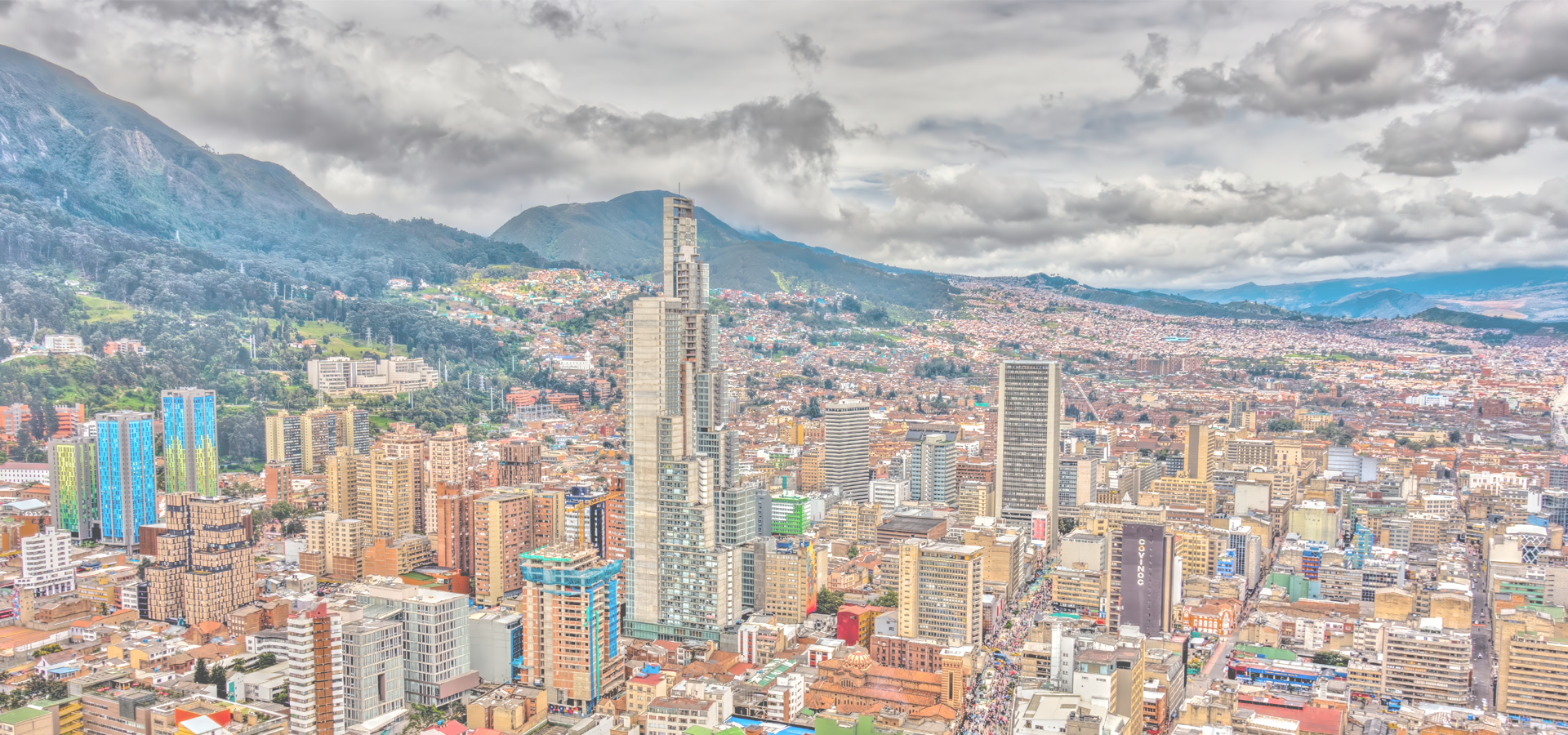Quibdó, Chocó Department, Colombia
🇨🇴 Quibdó is the capital city of Chocó Department, in Western Colombia, and is located on the Atrato River. The municipality of Quibdó is predominantly Afro Colombian and Zambo Colombians.
1History In prehistoric times the Chocó rainforest and mountains constituted a major barrier dividing the Mesoamerican and Andean civilisations. The high rainfall and the extremely humid climate did not attract the Spanish colonists. The Emberá Indians ceded much of their territory to the Spanish Franciscan order in 1648. Subsequent attacks on colonial outposts by hostile tribes discouraged attempts at settlement. Six years later, the Spanish began again to colonize the region, eventually establishing some lumber camps and plantations where they used enslaved Africans as workers.
It was not until the nineteenth century when there was interest in finding a shipping route between the Atlantic and Pacific Oceans to avoid traveling via the Straits of Magellan that the Chocó region again became of significant interest to European colonial powers, as the Atrato River Valley was thought the best possibility for this purpose by the explorer Alexander von Humboldt; however it was eventually shelved in favour of the Panama Canal. At the same time research on using the Chocó to connect the Pacific and Atlantic was being carried out, gold and platinum were discovered in the Atrato Valley and this ensured Quibdó’s growth and status as the chief town in the region.
Another crucial development at this time was the migration of freed black slaves into the Chocó; they were primarily working in shifting cultivation to cope with the extreme leaching from the super-humid climate. They also fished and harvested forest products.
The 1853 watercolors by Manuel María Paz document two mestizo or European men with an Afro-Colombian street vendor, and depict the dress of Afro-Colombian and European women in the town square.
The Afro-Colombian communities established trade with highland cities such as Medellín via rough mule trails that were used until the 1950s. A combination of population growth and declining values for the region’s natural resources gradually resulted in an economic downturn for the region and especially Quibdó.
1Transport Quibdo is served by El Caraño Airport with flights by three commercial airlines.
1Bogota Time

Quibdó has a population of over 129,237 people. Quibdó also forms the centre of the wider Chocó Department which has a population of over 534,826 people.
To set up a UBI Lab for Quibdó see: https://www.ubilabnetwork.org Twitter: https://twitter.com/UBILabNetwork
🇬🇭 Medina Estates 5.683
🇸🇷 Paramaribo 5.826
🇻🇪 Puerto Ayacucho 5.65
🇲🇾 Sungai Petani 5.641
🇮🇩 Banda Aceh 5.55
🇲🇾 Kepala Batas 5.517
🇬🇫 Saint-Laurent-du-Maroni 5.499
🇺🇸 Glen Burnie -76.6
🇺🇸 Prince Frederick -76.583
Locations Near: Quibdó -76.65,5.68333
🇨🇴 Envigado -75.567,6.167 d: 131.3
🇨🇴 Cartago -75.912,4.747 d: 132.4
🇨🇴 Santa Fe de Antioquia -75.817,6.55 d: 133.3
🇨🇴 Medellín -75.573,6.243 d: 134.4
🇨🇴 Manizales -75.55,5.1 d: 138
🇨🇴 Bello -75.558,6.335 d: 140.8
🇨🇴 Pereira -75.683,4.8 d: 145.3
🇨🇴 Copacabana -75.508,6.346 d: 146.2
Antipodal to: Quibdó 103.35,-5.683
🇮🇩 Liwa 104.083,-5.033 d: 19906.4
🇮🇩 Pringsewu 104.961,-5.356 d: 19833.1
🇮🇩 Bandar Lampung 105.267,-5.45 d: 19801.4
🇮🇩 Bengkulu City 102.264,-3.792 d: 19772.8
🇮🇩 Bengkulu 102.25,-3.783 d: 19771.2
🇮🇩 Cilegon 106.011,-6.003 d: 19718.6
🇮🇩 Serang 106.15,-6.117 d: 19701.7
🇮🇩 Pangkalan Balai 104.41,-2.891 d: 19683.1